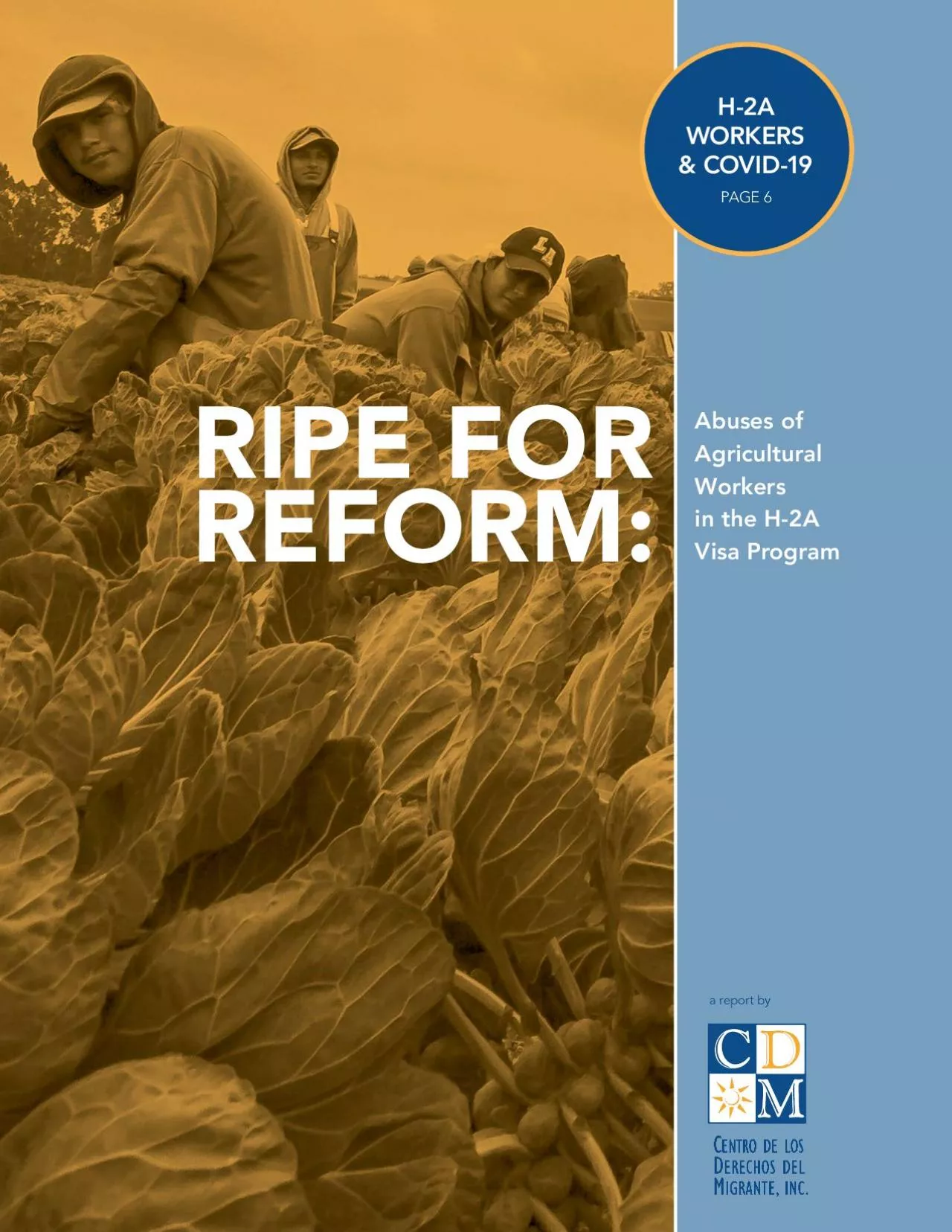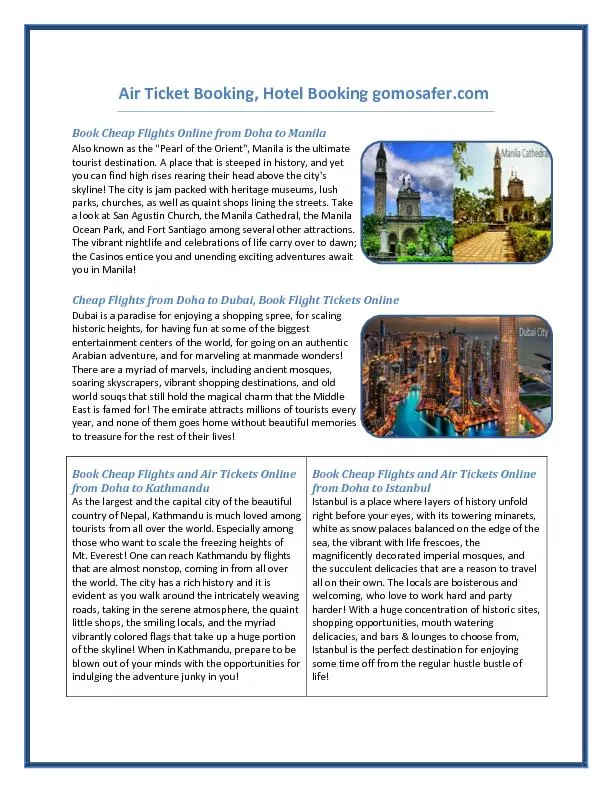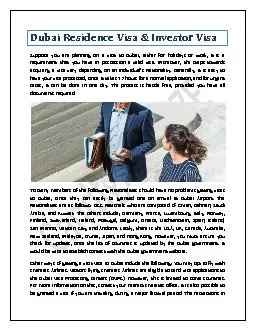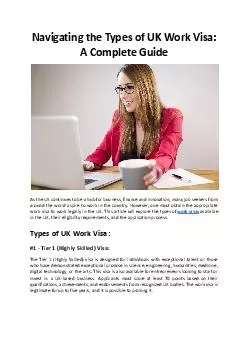PDF-Workers Visa Programa report by
Author : helene | Published Date : 2021-09-03
H2A WORKERS COVID19PAGE 6CENTRO DE LOS DERECHOS DEL MIGRANTE INC CDM envisions a world where migrant worker voices are respected and policies re31 ect their voices
Presentation Embed Code
Download Presentation
Download Presentation The PPT/PDF document "Workers Visa Programa report by" is the property of its rightful owner. Permission is granted to download and print the materials on this website for personal, non-commercial use only, and to display it on your personal computer provided you do not modify the materials and that you retain all copyright notices contained in the materials. By downloading content from our website, you accept the terms of this agreement.
Workers Visa Programa report by: Transcript
Download Rules Of Document
"Workers Visa Programa report by"The content belongs to its owner. You may download and print it for personal use, without modification, and keep all copyright notices. By downloading, you agree to these terms.
Related Documents














